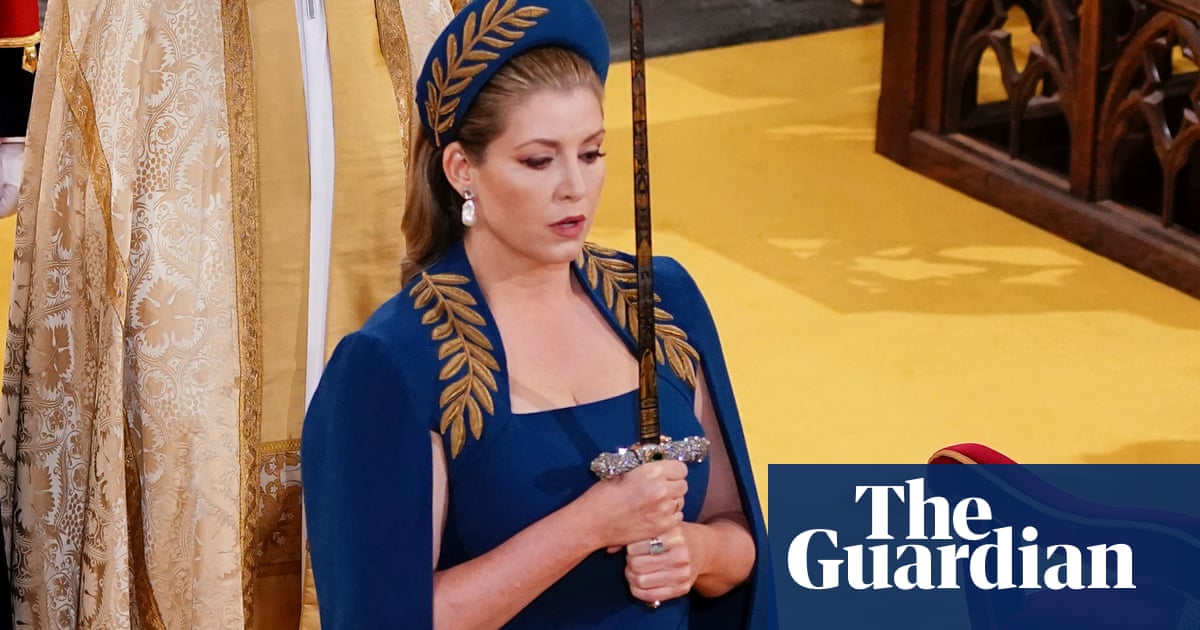
n art history, women have traditionally been pigeonholed as objects of desire – beautiful creatures that enchant, entice and inspire as “the muse”. But walk into the Museum of Fine Arts in Boston at the moment, and the male gaze has been replaced, with women’s work rather than just their appearance taking centre stage.
It’s part of the museum’s current exhibition Women Take the Floor, which runs until 28 November. More than 200 artworks are on view, including works by Cindy Sherman, Lee Krasner and Georgia O’Keefe, among others, mainly selected from the museum’s collection.
“The whole point is to get name recognition to these artists who are so deserving because women did not get the same attention as men did with the press, the critics and the acclaim, in their lifetime,” said Nonie Gadsden, the curator.
It’s divided into seven sections, including one devoted to textile and fiber art, which saw its rise in the 1960s as well as action painters from the 1950s onward, including Joan Mitchell, Grace Hartigan and Helen Frankenthaler, among others.
One of the most stunning galleries in the exhibition is the section called Women and Abstraction at Midcentury, which traces female artists in this field (it isn’t limited to painting, but includes ceramics, furniture and prints, among other media).
It comes after the recent centenary of women’s suffrage, which sparked the inspiration to take a closer look at the female artists in the museum’s art collection. “That’s how we figured out what to focus on, to tell the story from our art collection,” said Gadsden. “Women’s suffrage, winning the right to vote, makes us reflect on what has changed and what hasn’t changed, what continued restrictions are on women artists, what freedoms are they starting to explore.”
The goal was to not keep them hidden under dust in storage. “You have these artworks in storage, but you don’t always look at them,” she said. “Some pieces have never seen the light of day in our galleries, others haven’t been shown in a really long time. It’s the first time we’ve looked at our art collection from this vantage point.”
What surprised Gadsden was that the strongest artworks by women were from the first half of the 20th century. “Most of our peer institutions are in reverse – having women artists from the 1970 to the present, after the women’s liberation movement and feminism.”
The exhibit primarily is showing work from the 1920s to 1970s, including female photographers, painters, sculptors and textile artists. “The female gaze is something we take on, I really wanted to take an approach that was modern-day feminist values,” she said. “Feminism is about consensus, it’s about community building, bringing people together.”
Among the work from the 1920s and 1930s on view are pieces by Maija Grotell, a ceramics artist born in Finland, and Florine Stettheimer, who painted theatrical cityscapes of New York City.
“Any woman striving to make a statement at the time was political, this was against the norm,” said Gadsden. “She had to be brave, fighting upstream.”
The exhibit also includes works by painter Georgia O’Keeffe, like her White Rose with Larkspur No 2, from 1927, and Grey Wash Forms, from 1936.
“All of the art here is political,” she said. “Georgia O’Keeffe always said: ‘I’m not political,’ but her being a successful woman artist in her time was a political statement. She pushed a feminist agenda just with her success.”
That led Gadsden to the section Women Depicting Women: Her Vision, Her Voice, selecting portraits of women by women, like one from New York artist Alice Neel depicting a painterly portrait of feminist art historian Linda Nochlin, who wrote a groundbreaking piece of commentary called Why Have There Been No Great Women Artists? in 1971 (this painting is currently on loan to the Metropolitan Museum of Art for Neel’s retrospective).
This section is the first one people see upon walking into the exhibit. “When you walk into the gallery, I wanted you to be confronted by a bunch of women looking at you,” said Gadsden. “I wanted you to know this is something different.”
There is also a painting by Joan Mitchell, who saw her rise as an artist in the 1950s and 1960s, despite the “boys club” of abstract painters, at the time.
“There was so much success for women in the 1920s to the 1940s, where women had more independence and autonomy, that the postwar 1950s was like five steps backwards,” said Gadsden. “Society was conservative and traditional, which is what the action painters worked against.”
It was important to highlight female abstract painters, as there is still a narrative of male artists as the primary force as part of the movement, which started in New York in the 1940s.
“I like to think outside of the box that says: ‘Hey, guess what? It’s not just Jackson Pollock, there were women doing this as well,” said Gadsden.
There are many ceramic artists on view, including the Hawaiian artist Toshiko Takaezu, who created abstract, hand-painted sculptures on to clay. “For so long craft was separated from fine art, but they are sculptors working in ceramics, it’s a fine line,” said Gadsden. “The line between craft and fine art is increasingly getting blurred.”
Despite how far women have come over the past few centuries, there’s so much work still to be done. “It’s very much a work in progress,” said Gadsden. “We are trying to not let it go back to what it was.
“If you’re going to show a Jackson Pollock painting, show a Joan Mitchell painting with it – or just show Joan Mitchell instead,” she added. “This exhibition says: ‘If these artists have the strength to do what they did, I can do my thing too.’”
Women Take the Floor runs until 28 November at the Museum of Fine Arts in Boston












